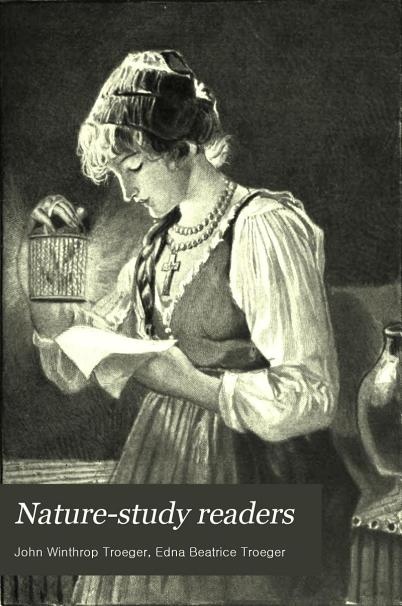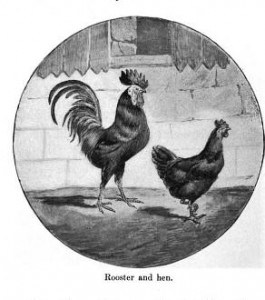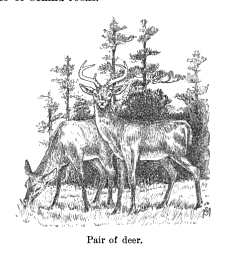Nature-study readers

If there were ever a better set of nature books suitable for notebooking projects than these simple beauties they would certainly be on my bookshelves! We have been printing chapters from this series for years now to read aloud together and to use for copywork and notebook projects.
The text is fairly simple and straightforward but the topics covered are vast. Everything from animals to soil is covered within this series of three books written by the Troeger’s- John Winthrop and Edna Beatrice.

From the preface of the books:
Parents or teachers who know comparatively little about science can successfully lead the children in Nature study, provided they are willing to see with the child. Such often make the best leaders, as their own desire to find out will have a contagious effect.
It is not necessary to answer all the questions that children may ask. Even the wisest scientist would not dare to answer them all. To do that would not be Nature study. True teaching is to lead the child to discover as far as possible answers to his own and to the teacher’s questions.
Experienced teachers will find ways and means of their own, but a few hints to beginners may not be out of place here.
1. Encourage the children to bring you seed pods, flowers, leaves, butterflies, and other objects, and if you show your appreciation of their efforts and take care of the specimens as though they amounted to something, they will hunt far and wide and bring many good things.
2. Better still, take walks with the children or ask questions, the answers to which they can find on their way to and from school.
3. Provide vases and wide-mouthed bottles for flowers; boxes for seeds and rocks and nuts; cards for mounting pods and insects; a few plant pots in which to set some interesting wild flowers about to blossom and that have been dug up with the soil so as to watch their growth. Flowers, leaves, and the like brought by children should not be bunched together, but arranged and put into several vases so as to show off best the harmony of color and form. Tinted autumn leaves can be grouped on cards or made into borders, etc.
4. Live animals can be brought into the school, made comfortable, and their ways and habits observed with interest and profit. Good order can be maintained by a few wise remarks on the part of the teacher.
5. No one sees objects in all or even their most interesting aspects at first. Therefore the order should be observation, expression, and more observation.
6. Little time should be given to that which every one knows, but even very common objects may present interesting questions. Every one knows that an apple is round, but few have observed facts that will aid in answering the question why it is round.
7. With those who are beginning to read careful preparation should be made. The child should observe the objects and become familiar by means of blackboard drill with the sentences in the lessons before attempting to read them in the book. This preparation must be full of life and interest to the child. The basis of every lesson should be personal observation by the child. The observation may have been made some time previous to the lesson, but if not, the object should be before the child for examination.
8. Lead the child to distinguish between what it actually observes and what it infers, and to reason step by step to correct conclusions.
9. The lessons in the book follow the seasons and call for materials which may easily be obtained, but the teacher should take up each subject at the time when it is most convenient to make the necessary observations.

Download 2 of the books from archive.org:







Leave a Reply